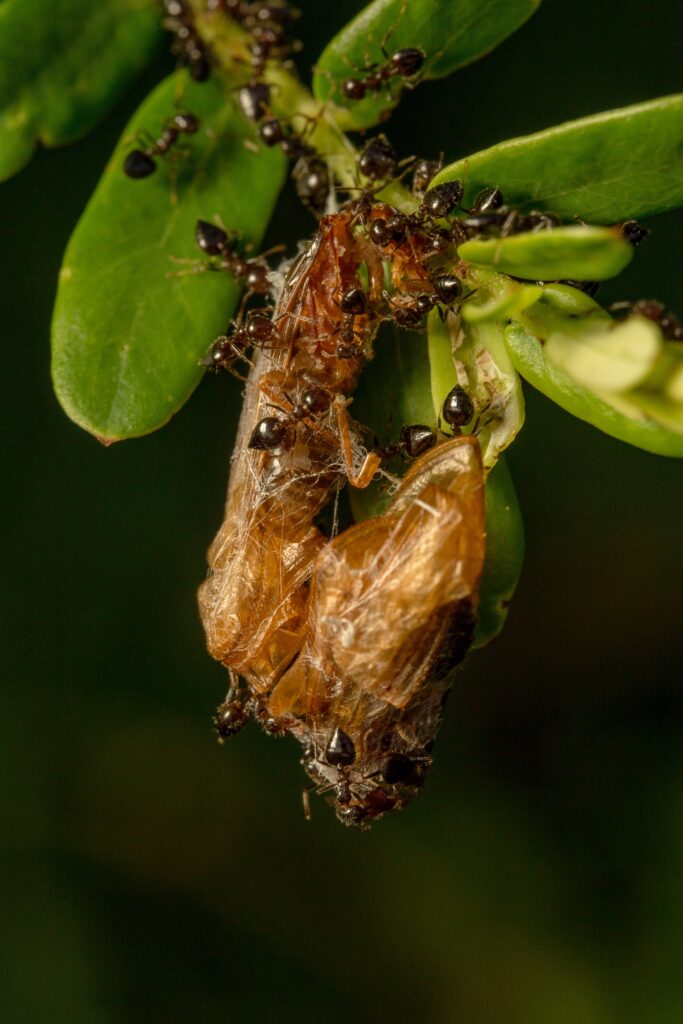“I still fear to start a vegetable garden, just because of the uncontrollable pest it attracts.”
What does this page contain?
ToggleA dream garden is a happy paradise where you and your plants enjoy freedom to thrive. But your enemies (I mean garden pests) can quickly turn your garden from a wonderland into a warzone.
Worry not, today as always ThePlantopedic is here to give you interesting solutions to all the garden pest problems you’ve been facing. And the best part is, you do not need to refine a huge list of insects to know which pest is attacking your garden. I have comprehended it with a quick list to let you spot your enemy (I mean pest, once again) in minutes.
Aphids

Tiny pear-shaped aphids come in a variety of colours like green, black, brown, red, or white. These sucking insects feed on plant sap and proliferate quickly, covering stems and leaves. Heavy aphid infestations cause yellowing, twisting, and dropping leaves.
Solution: Strong blasts of water can wash off aphids. However, adding Insecticidal soap or neem oil prevents further attack. Ladybugs feed on aphids, so attract them to your garden!
Fun fact: Aphids can give birth to young nymphs without mating, through a process called parthenogenesis!
Whiteflies

As the name suggests, whiteflies are tiny flying white insects that flock to the undersides of leaves. They suck sap, causing yellowing or death of leaves. Their sticky excreta called honeydew also leads to mold growth.
Solution: Use yellow sticky traps to catch adults. Insecticidal soap, neem oil or horticultural oil sprays can smother and kill these pests. Reflective mulches like aluminium foil also deter them from landing and laying eggs on plants.
Fun fact: Whiteflies feed while remaining stationary, unlike other flying insects!
Scale Insects
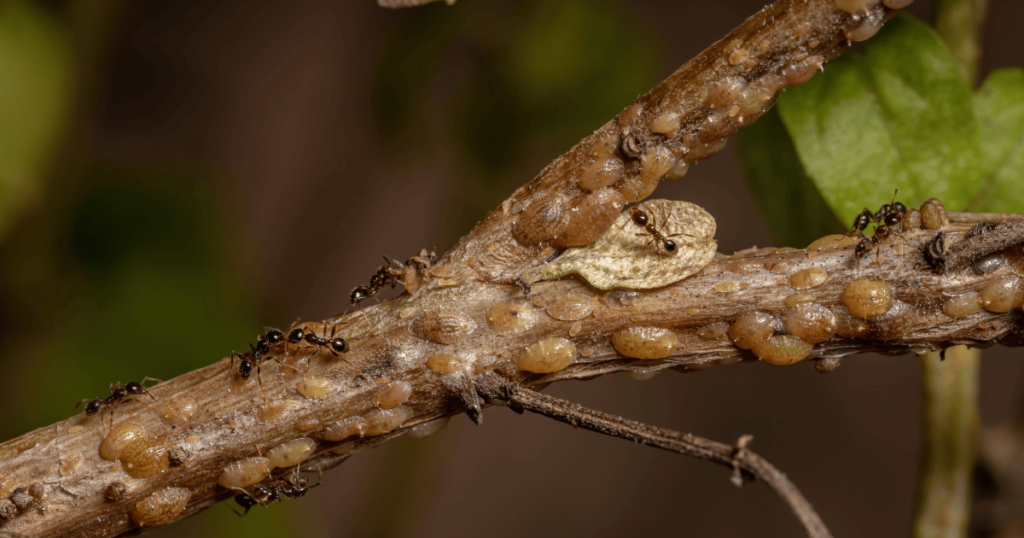
There are many types of scale insects, but they are generally round bumps attached to stems and leaves that suck sap from plants. Heavy infestations cause leaf yellowing, stunting, and dieback. Ants often farm them for their honeydew secretions!
Solution: Scrape off visible scales. Apply horticultural oil or insecticidal soap sprays. Release ladybugs and parasitic wasps that feed on them.
Fun fact: Female scales lose their legs and antennae as they mature and remain permanently attached to the plant!
Pill Bugs

Pill bugs are grey crustaceans with seven pairs of legs that munch on seedlings. Turn over pots and use baits like beer in small containers to trap them. Diatomaceous earth also damages its waxy coating.
Solution: Prevent the accumulation of organic matter on your soil surface, to retard their growth. To prevent further, splatter turmeric solution over your soil surface!
Fun fact: Pill bugs can roll into a tight ball, like roly polys!
Spotted Lanternfly
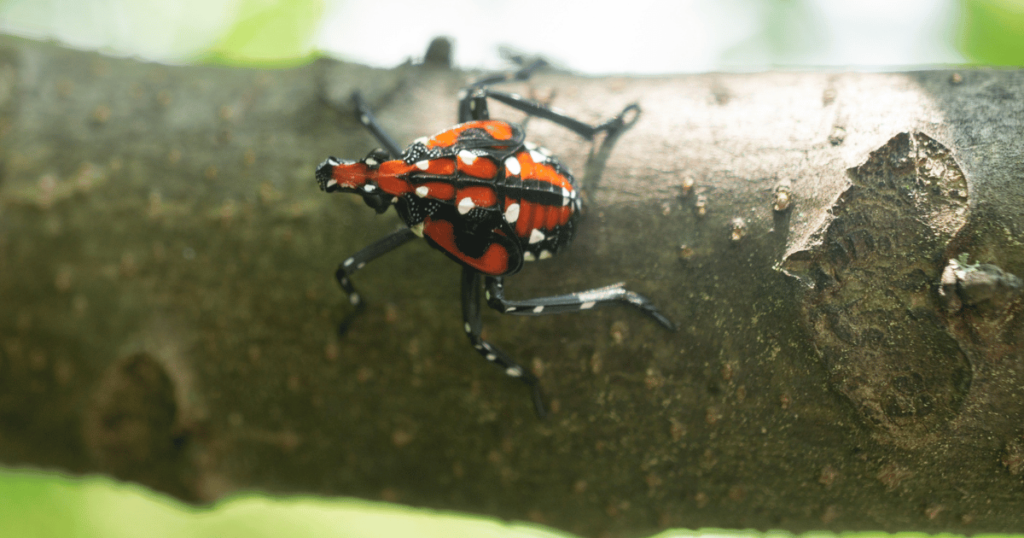
This invasive garden pest has colorful wings with red, black and white markings. Nymphs are black with white spots. They excrete sticky honeydew and can seriously damage orchards, vineyards, and ornamentals.
Solution: Trap adults on sticky bands around tree trunks. Use neem oil sprays.
Fun fact: Spotted lanternflies make loud buzzing and jumping noises to communicate and defend territories!
Squash Bugs
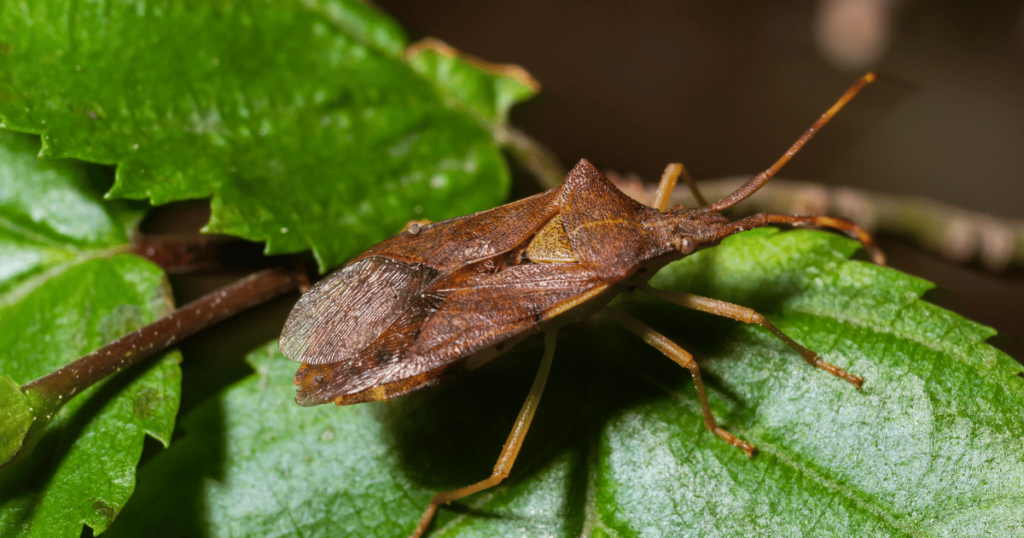
Squash bugs are large grey-brown bugs that pierce squash stems and suck nutrients. This causes wilt and eventual death of the plant. They also transmit a deadly cucurbit yellow vine disease.
Solution: Use floating row covers as physical barriers. Handpick visible bugs off plants. Spray neem to prevent further infestation and keep the area around squash plants clear of debris.
Fun fact: Young squash bugs can resemble other harmless insects like seed bugs, so ensure proper identification before taking action!
Tomato Hornworms
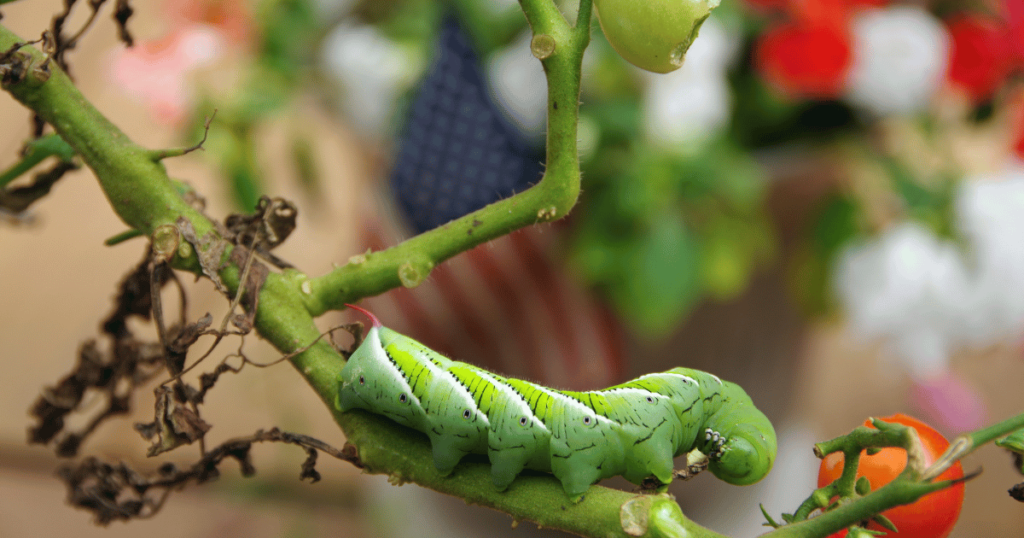
These giant green caterpillars with horn-like tails quickly defoliate tomato plants. Their camouflage helps them blend in, so inspect under leaves!
Solution: Manually remove caterpillars. Use Bacillus thuringiensis sprays that are toxic when ingested but safe for humans. Cover plants with netting.
Fun fact: Tomato hornworms are the larvae of hawk moths, also called hummingbird moths!
Citrus Worms

Citrus worms are caterpillars that bore into lemons, oranges, and other citrus, causing rot and fruit drop. Identify them by frass near holes in the fruit. Remove damaged fruit immediately and use pheromone traps and Bt sprays.
Solution: Chop off all the infected leaves and give your plant a feel-good neem oil spray. Quickly follow this with a complete water wash to erase all the remnants of worms.
Fun fact: Citrus worms can be harmful at just a 1% infestation level for commercial crops!
Ants
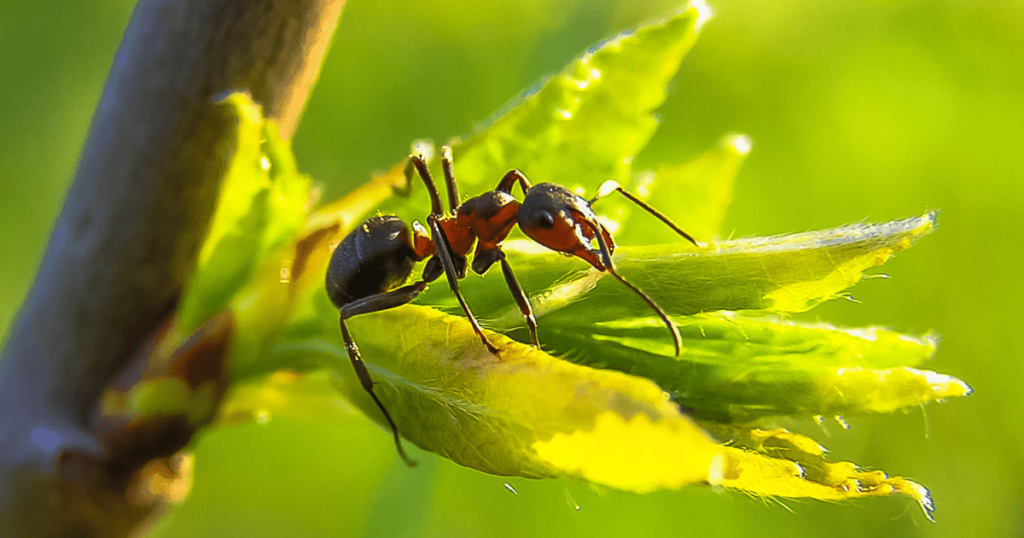
Ants frequently invade gardens and farms looking for food sources. Common ant pests like carpenter ants, pharaoh ants, pavement ants, and fire ants can damage plants or make tunnels in them. Some species tend to sap-suck like aphids.
Solution: Use our universal solution of neem oil on plants to deter ants. But try to get rid of mealybugs and aphids to prevent any further infestation. Also, try Placing sticky barriers around plant stems.
Fun Fact: Ants help gardens by aerating the soil and recycling nutrients as they burrow and move through the ground.
While dealing with garden pests takes patience, identifying them promptly and taking appropriate organic control measures can keep your garden lush green. Don’t let the bugs win! Kick its butt off with all the super solutions that ThePlantopedic has given you.
Don’t forget to let me know which other enemies are attacking your plants, so I can give you solve them for you too.

